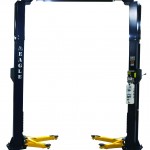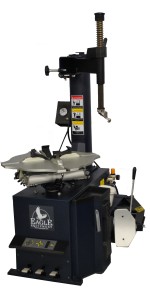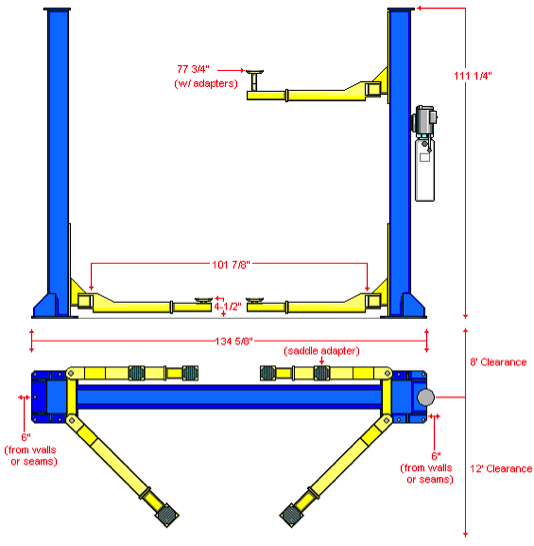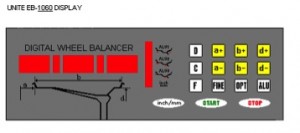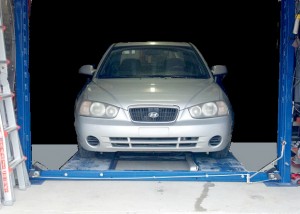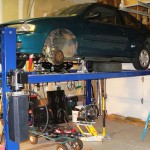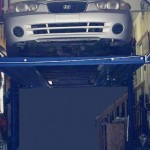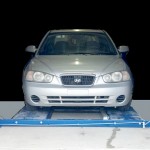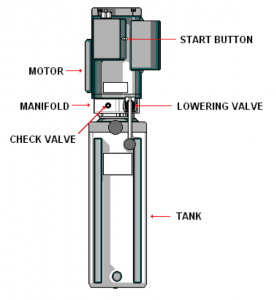As we wait for another winter storm to hit, we are planning for snow, rain, ice, sleet and extremely low temperatures. While winter weather is normal, it seems to be a little cruel this year.
From more car accidents to traffic delays and school closing… this type of winter causes a lot of glitches that can delay our normal day-to-day life.
The Midwest, Northeast and Southeast parts of the country have encountered extremely cold temperatures, dropping well below freezing … pass the 0 degree mark. Weather is out of our control, but protecting your wheel service equipment is not.
Something that you might not consider is that this coldness changes the performance of your equipment. Our wheel service equipment should not be used if the temperature is below 32 degrees. This type of cold increases the risk of the balancer’s computer board or the tire changer’s motor failing. While this is not a common issue, we have seen a rise in these types of problems this year because of the cold weather. If you live in an area where the temperatures are below freezing, you need to protect your equipment and move them to a warmer area to protect the computer boards on the balancer and the motor on the tire changer. Please take the necessary precautions to ensure that your equipment remains in service.
Another major inconvenience this weather has caused our customers is shipping delays. We have all seen the pictures of the Atlanta area after the most recent ice storm to hit the south. That ice storm was so severe that it shut down every major road in and around Atlanta. This type of road closure will also cause all shipments, UPS or LTL to delay until the roads are cleared. Anytime you have winter storms that impact different parts of the country, it can delay even the smallest orders.
During the ordering process, communication is key to us. We keep an eye on your shipment and will notify you of any delays that will disrupt the delivery process. You won’t have to wonder where your order is. We do everything we can to deliver orders as promised, but once they leave our dock; it is out of our control. If you have any concerns about the delivery time of your product, please feel free to contact our customer service department for an update.
Now, go get your milk and your bread and get ready to build some snowmen!
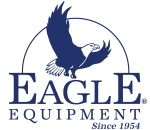
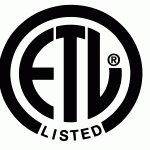 What does it mean to be certified?
What does it mean to be certified?